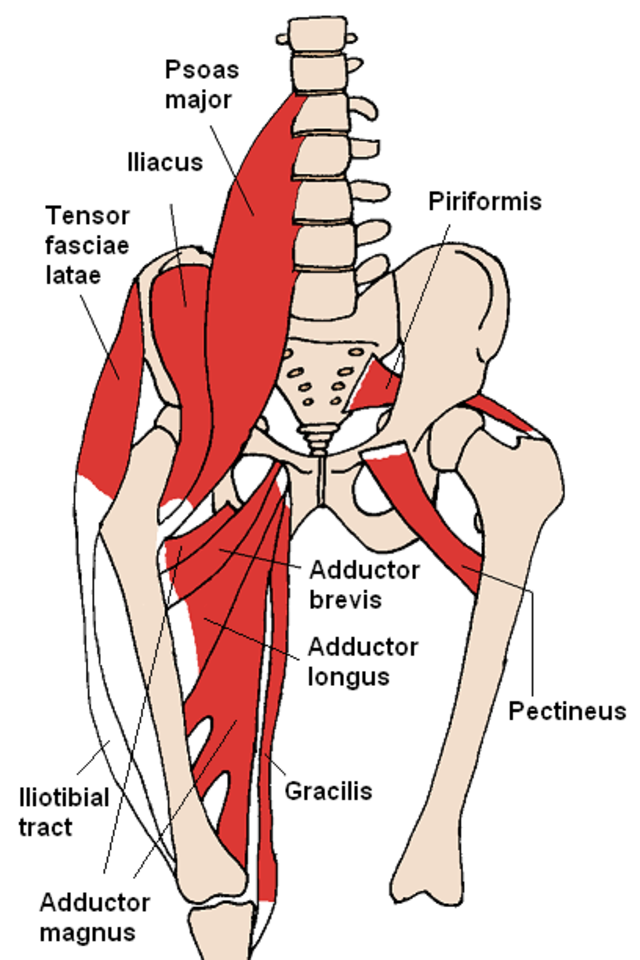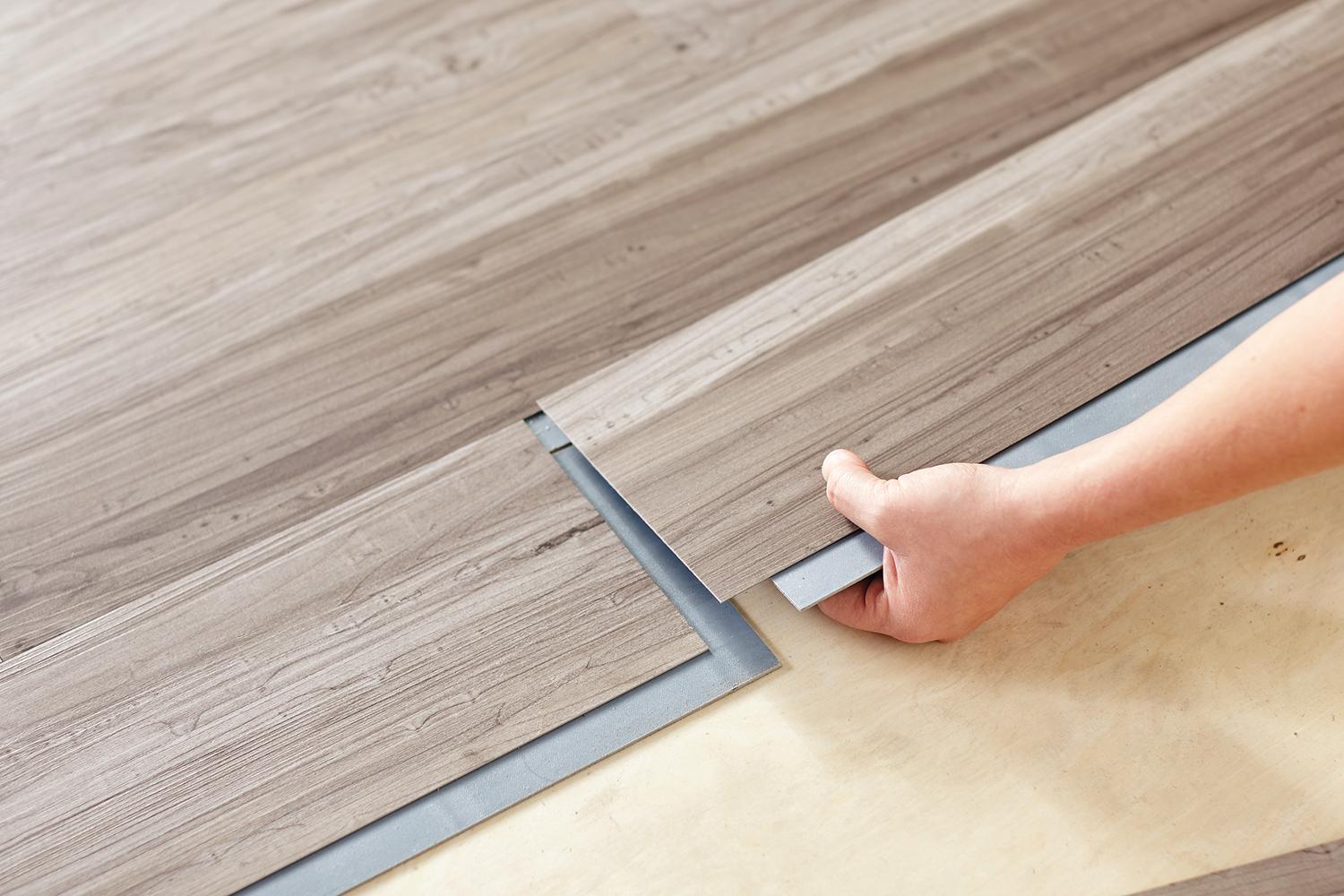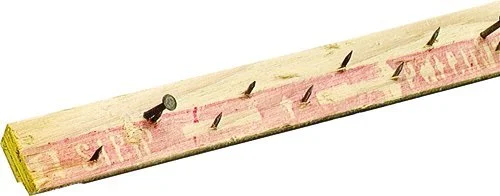How to build your own garage dance studio
/The COVID-19 pandemic has certainly pushed many dancers out of the studio, causing them to miss out on so many good opportunities. The upside to the social distancing is that many dancers are getting creative and turning to DIY studios in their own home to set up their own practice space, so when the studios reopen, their hip-hop, jazz, or ballet skills can stay sharp. Building a dance studio in your garage is a perfect way to set up a rehearsal space that can function well after the pandemic has gone away.
Putting together a home dance studio is a great do-it-yourself project to keep yourself busy during those times when you have a good chunk of time at home. But, what if you don’t have that much free space in the house, and there’s not a room you can dedicate to a dance space? Or, what if all the floors are carpeted, and you are sick of getting rug burns on the soles of your feet?
There’s a good chance that you may already have the perfect surface to convert into a home dance studio: your garage.
There’s lots of advantages of the garage as a future dance studio.
It’s already flat. One of the challenges with outdoor dance spaces is that the ground is often uneven, which can be tricky (or flat out dangerous, especially to your ankles and knees!) to dance on. As an added bonus, the ground of the garage may be made of concrete (best case scenario), blacktop, or some other solid material, which is perfect for breakdance (hip-hop), street jazz, Broadway, or even bring out a wooden portable dance floor for tap.
Big enough for one or two dancers, sometimes more. Because garages were originally built for cars, they take up just enough space for a few people to move around freely, especially if you orient the mirrors along the length of the car (front to back). So, if you want to practice your partner dances like Argentine tango, ballroom, or waltz, you may have just enough room to work on the basics.
It’s easily convertible. The car may get used sometimes, and when it’s gone, the dance studio is freed up. But if you need to use the studio while the car is there, you always have the option of rolling the car into the driveway and out of the garage.
Building a garage dance studio
So, you’ve decided that there’s not enough space to build an indoor dance studio. But, what if you just need a place to dance while being sheltered from the elements? A garage dance studio is a decent alternative that can be cheaper than a fully indoor dance studio (for one, you won’t have to worry about buying or installing a new floor!)
There several factors to keep in mind as you start to shop around for your studio.
Mirrors
In a garage home studio, you already have a great floor. The other major component of the dance studio are the mirrors.
Consider what types of mirrors you will want to line the wall of the garage with. There are several options, that can fit any budget, but be prepared for a bit of an investment here: dance studio mirrors are not cheap, and you can expect to put a few hundred dollars into this aspect of the studio. For dance studios, there are mainly three options for what type of mirrors to buy, each with their advantages and disadvantages. For example, traditional glass mirrors are heavy and expensive, but are the industry standard, which gives your garage studio a professional feel. Acrylic is lighter and safer, but may be more expensive. Stretched Mylar sheeting is the lightest and safest option. Consider how much you have to spend on your dance studio, and make a decision that best fits your needs.
My advice would be to line up the mirrors with the longest direction of the car, rather than head on. This will give you the most side to side space for rehearsing leaps or practicing large traveling movements.
2. Temperature
Depending on where you are located geographically and the time of the year, the weather may influence your decision to build to a garage dance studio. At least in the Midwest US where I grew up, we get all four seasons, from the below freezing temps of winter to the humid 90 degree summers.
What does this mean for you? If you live in an area that regularly hits the 80s, you’ll need to find ways to equip your garage dance studio with either an air conditioner if there are windows, or at the very least, a large industrial strength fan to circulate the stale air. These supplies will make dancing in the summer more tolerable. Also, bear in mind that it tends to be warmer in garages, especially in the summer, because concrete tends to absorb the heat of the ground and the greenhouse effect.
But what about those freezing temperatures? A strong heater could do the job, or maybe you’ll have to layer up and bundle up a bit more (or just dance harder!)
Regardless, whether or not the garage ends up becoming a frequently used dance studio really depends on these factors. It’s totally ok to have a studio that only is used for a few months of the year - after all, there’s nothing like rehearsing dances with friends late into the night on a cool evening.
3. Sound system
Garages are notoriously echoey. There is usually very little soft material around the garage to absorb the sound waves, and so they often bounce around quite a bit. Because of this, garage dance studios do not handle loud music very well. It may not matter too much if you are just wanting to really focus on getting the moves down or for fitness and workout sake, but if you are an audiophile like me, you may opt for high fidelity headphones or in-ear Bluetooth headphones instead of a sound system.
Realistically, because the semi-outdoor nature of the garage, a simple Bluetooth speaker will be more than enough. This is important especially if you live close to neighbors, who may get annoyed at loud music coming from your garage.
Putting together a dance studio in your own garage isn’t too difficult of a task, and with a tiny bit of planning and do it yourself know-how, you’ll be able to hold your own rehearsals or practice space in your garage!












